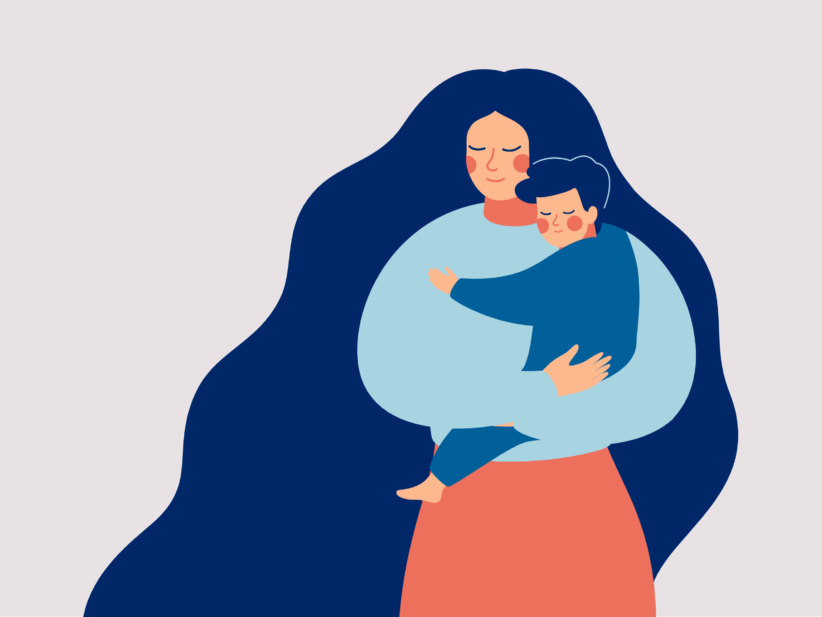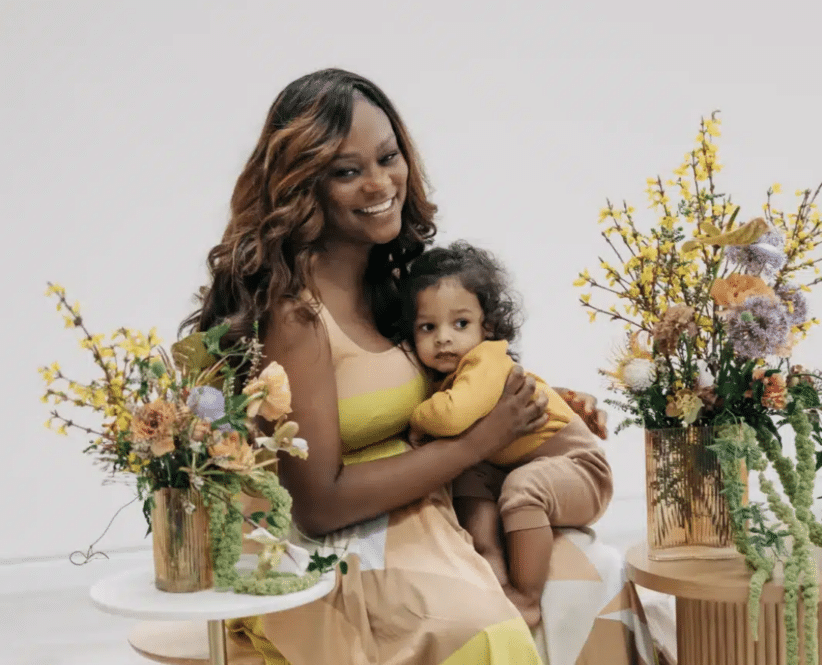Jay, an older man, is married to Gloria, who is much younger and has a son from a previous relationship. Carol and Mike don’t have the age difference to deal with, but the challenges they face as spouses and parents would seem to be significant: Mike has brought three children to their marriage — and Carol another three. From today’s popular “Modern Family” to the 1960-70’s “The Brady Bunch,” with many other TV shows in between, the coming together of different families has been part of our onscreen culture.
With real-life divorce rates that remain high, remarriage and blended families have become much more common during recent decades. You probably know people in this situation. Unlike in comedies, where matters are usually resolved quickly and everything turns out alright, real-life adults may make serious mistakes with long-term implications for both themselves and their children. Fortunately, many parental blunders are avoidable; but know that preventing them may take courage and hard work on the parents’ part.
Dr. Kristin Davin is a clinical psychologist in Manhattan who primarily works in the area of relationship and couples counseling. In speaking with me, she addressed what parents can do to allow families to blend as smoothly as possible.
Davin notes that blending families “is a process. While some may coalesce in a matter of months, for others, it can take a few years to fully blend; even then, the work may need to continue. Families may be frustrated that it takes this long, especially those whose members believe that there is a certain amount or range of time needed for separate families to become one. But each situation is unique, and no two families are the same.”
Start with yourselves: It is very important for the parents to start by communicating with each other, and to understand and discuss “what they are like as individuals, their respective ideas on parenting, and their values — for instance, honesty and responsibility,” she says. Are they in agreement on what they want for their new family?
Parents must realize that the spousal relationship is the primary relationship in the family. How well will they be able to work together as a couple? Can one spouse expect support from the other, even when they have differing views?
Davin introduces such questions to parents, who, without her assistance, might take the answers for granted. She helps them consider their feelings and attitudes and to talk about them openly.
“They’ve got to get their issues addressed, so they’re on same page before implementing blending. How will discipline be handled? Who will do it, and who will follow up? It is important for the family that the couple have a joint front.”
Otherwise, there is a real danger that, “the parents, who may come from different backgrounds and have dissimilar views, will be reactive, and the children will see that the parents are not unified.”
Results may include parents being manipulated by the children and a greater distancing between the parents.
The adults need to consider how they will continue to nourish and honor the bond between them.
Family meetings: Once the parents have reached this stage of discussion and understanding, Davin urges open communication with the children at a family meeting where they can share information and where children have an opportunity to express their feelings. Allowing the children to participate to some degree will “make them more invested and help them to feel more a part of this blended family,” explains Davin. “Giving the kids a voice lessens their anxiety. By the parents doing more work at the front end, they will get better results at the back end.”
More with Kristin Davin next month.
Contact Kristin Davin at (917) 715–6583.
New York City- and Long Island-based divorce mediator and collaborative divorce lawyer Lee Chabin, Esq. helps clients end their relationships respectfully and without going to court. Contact him at [email protected] or (718) 229–6149, or go to lc-mediate.com/.
Disclaimer: All material in this column is for informational purposes only and does not constitute legal advice.





















